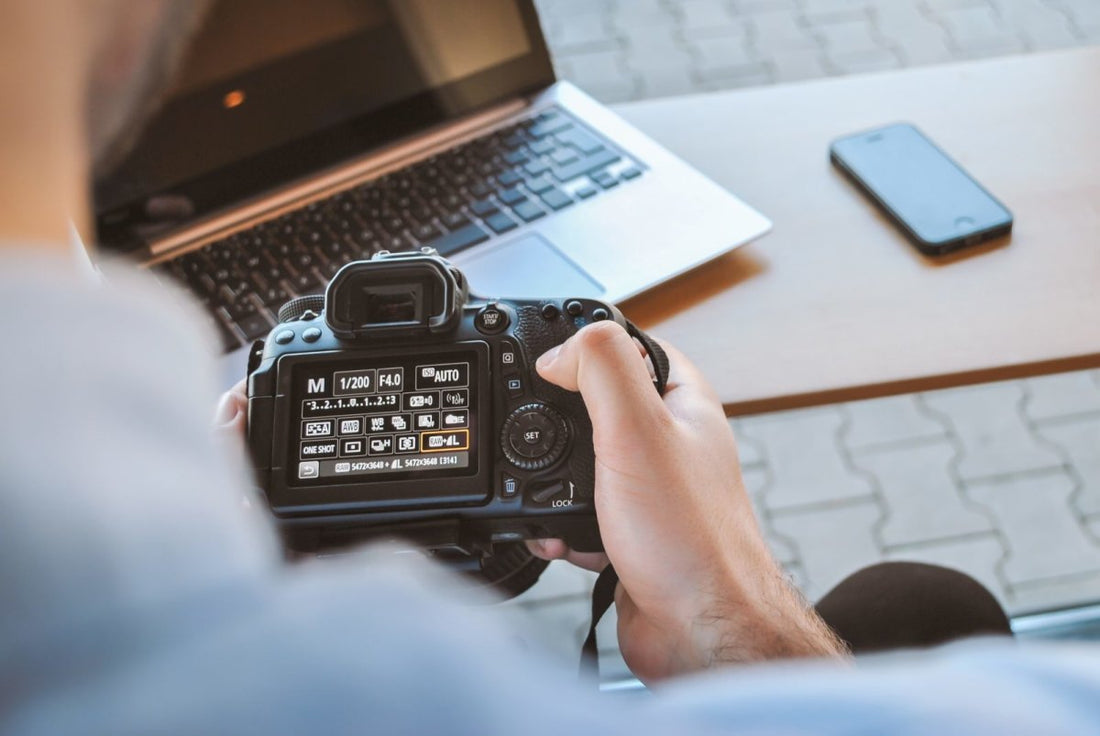
What every beginner photographer needs to know about aperture, shutter speed, and ISO
adminShare
Aperture vs shutter speed vs ISO. Seriously! What’s all the commotion about anyway, right? Well, turns out, these elements are just what separates a professional photographer from an amateur one.
In fact, these alien concepts are actually the holy trinity of photography. You need to have a fair idea about these aspects if you want to:
- Understand image exposure
- Control other artistic aspects of your photograph
- Know what the overall look of your image is like
What do they actually mean though?
Shutter speed: the speed at which the camera’s shutter closes and opens
ISO: how sensitive the sensor is to light
Aperture: the opening in the lens that allows light to reach the sensor
These three elements are together called “the exposure triangle”. To get the best exposure, these three need to be well balanced.
First things first, begin taking pictures in Manual mode rather than Automatic.
Aperture is the opening in your camera’s lens that controls the amount of light entering the camera
- When the aperture is wide open, a great deal of light enters the lens and vice versa
- Size of the aperture is measured in focal stops/ f-stop number, based on the hole’s diameter through which light enters the camera
- The wider the aperture, the lower the f-stop number
- Aperture determines the depth of field of your photo
Shutter speed is the length of time the shutter is lifted to expose the sensor to light
- It is measured in fractions of a second
- It makes it easy to control the definition quality of your image when something is moving in a scene
- Fast shutter speed freezes motion and slow shutter speed works to blur motion
Pro tip: You can use slow shutter speed to capture movements such as the slow shifting of stars in the night sky, flowing water or a speeding train.
Camera shake becoming a problem? Remember, the larger the focal length, the greater the risk of camera-shake. If you’re shooting with a 200mm focal lens, pick a shutter speed faster than 1/200 of a second.
ISO is the sensitivity of the sensor to light
- When shooting in a low-light situation, a higher ISO absorbs as much of the available light as possible
- Without using a flash, it allows you to capture the vibe of a setting
- In a scene with lots of light, a low ISO of 100 or 200 works wonders
- In can result in a noisy image owing to the heightened sensitivity to light so keep the ISO as low as you can for a clearer image
Taking care of exposure
Once you know about aperture vs shutter speed vs ISO, pay attention to exposure
- Find a balance between light and dark areas so that the image looks as natural as it can
- The Exposure Meter helps you understand your exposure value (EV)
- Exposure Compensation alters exposure when shooting in various modes
- The histogram is a visual tool that finetune’s exposure
Aperture vs shutter speed vs ISO. If by now, you don’t have a fair idea of how these elements give you the perfect shot, chuck your photography dreams away and choose an alternate career.
Use the best onlineHTML, CSS and JS tools at html-css-js.com: editors, code optimizers and more.


